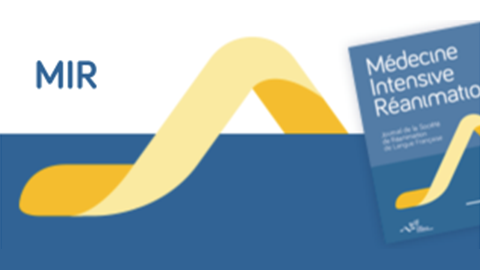
In the last decades, improvements in acute respiratory distress syndrome (ARDS) management decreased in-hospital mortality. Most of the time, these young patients with ARDS suffer from post-intensive care syndrome (PICS) after discharge. The special features of PICS after ARDS include a similar global recovery for the most severe patients with ECMO, a good pulmonary function recovery but a high prevalence of physical and psychological dysfunction. Physical impairment concerns fatigue and fatigability. Half of the patients had cognitive impairment at one year and a third suffer from post-traumatic stress disorder (PTSD), anxiety, or depression during the first year. These symptoms persist later, associated with a reduced quality of life. As a witness to global dysfunction, only 50 % of patients return to their original work at one year. Being aware of the long-term impact of ARDS is crucial for intensivists to set up a multi-disciplinary and individual follow-up after intensive care unit discharge.